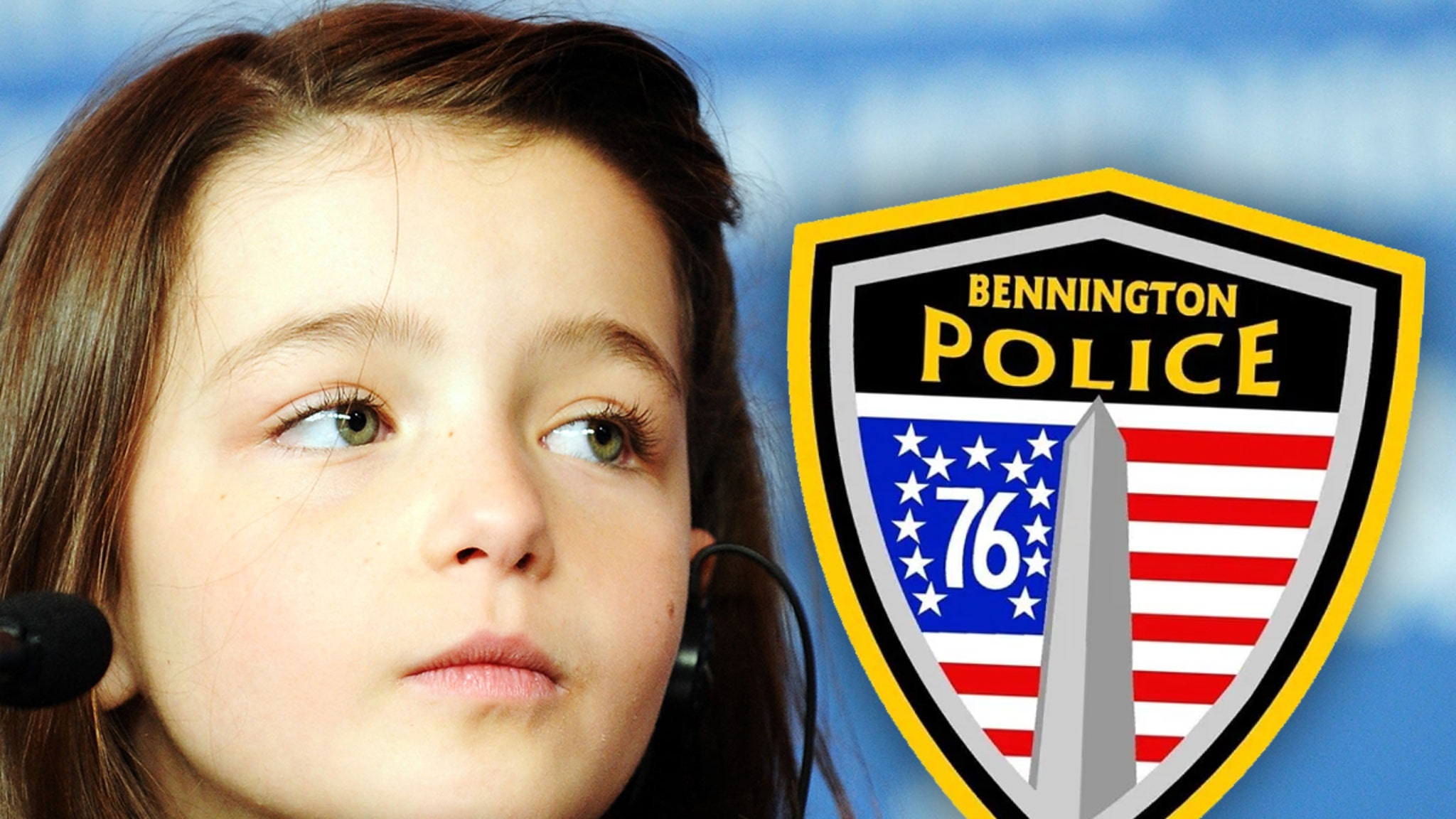Culture
New York Authors Recommend Must-Read Books Set in the City

One of the things I love about New York, a sense gleaned over the years, is that it’s an organism.
I grew up in Massachusetts in a town called Arlington and you could easily say it was nice. You could also say it was mean. In a suburban way. But you’d never say it was alive. The way I witnessed New York’s aliveness most often was during times of disaster.
In a big city, big things happen. I came in 1974 so I was around for the blackout of 1977, I was here for Sept. 11, and I even lived through the sogginess, power outage and no-A.T.M.-ness of Sandy in 2012. And during each of these episodes I became a big collective neighbor. On the street everyone I’d ever met would look me in the eyes: Are you OK? In New York we have a way of letting connections drift, because there are so many of us. Now we needed everybody.
In March 2020 I was in Texas, planning to get right back for PJ’s 50th birthday party. But that didn’t happen — nothing did, and the pandemic changed the city once again and I missed it. Which is also the story of New York. Everyone saying, “Oh, you shoulda been here 10 years ago. You missed that!”
I’ve tried not to gloat at what I’ve seen in half a century, but only one book has told me what I missed at the height of the pandemic in 2021 and it’s Jeremiah Moss’s “Feral City: On Finding Liberation in Lockdown New York.” Moss chronicles the way New York truly changed after Sept. 11, with a legion of clean people filling the streets, viewing those of us living in rent-stabilized apartments with security locks as “the Leftovers.” Swiftly he describes their departure when the plague hit and New York became once again a haven for freaks. People stood in the Giuliani-prettified Times Square, totally empty now, with psychedelic characters holding terrific signs saying “REPENT WHORES.” And plenty of “whores” too.
The old days were back. There were skateboarders, Moss himself making figure-eights on his bike in the empty plazas. Naked cowboys were walking around, quiet musicians. Washington Square was much the same, re-wilded, and East River Park was all of downtown’s haven — walkers, talkers, dudes lifting weights in the outdoor gym. People cooking outside.
Now that that city’s getting covered with AstroTurf and inadequate niceties, I need his memory back. “Feral City” is a teeming inventory of a gentrified city articulating its repressed self in the time of a disaster. The New York that many of us still sigh about — that unrepentant, permissive wreck — is there, in the pages of this delightful, rampantly queer and deeply political book, preening in all its wanton and strange glory.
Go grab this secret recovered space. It’s there.





























